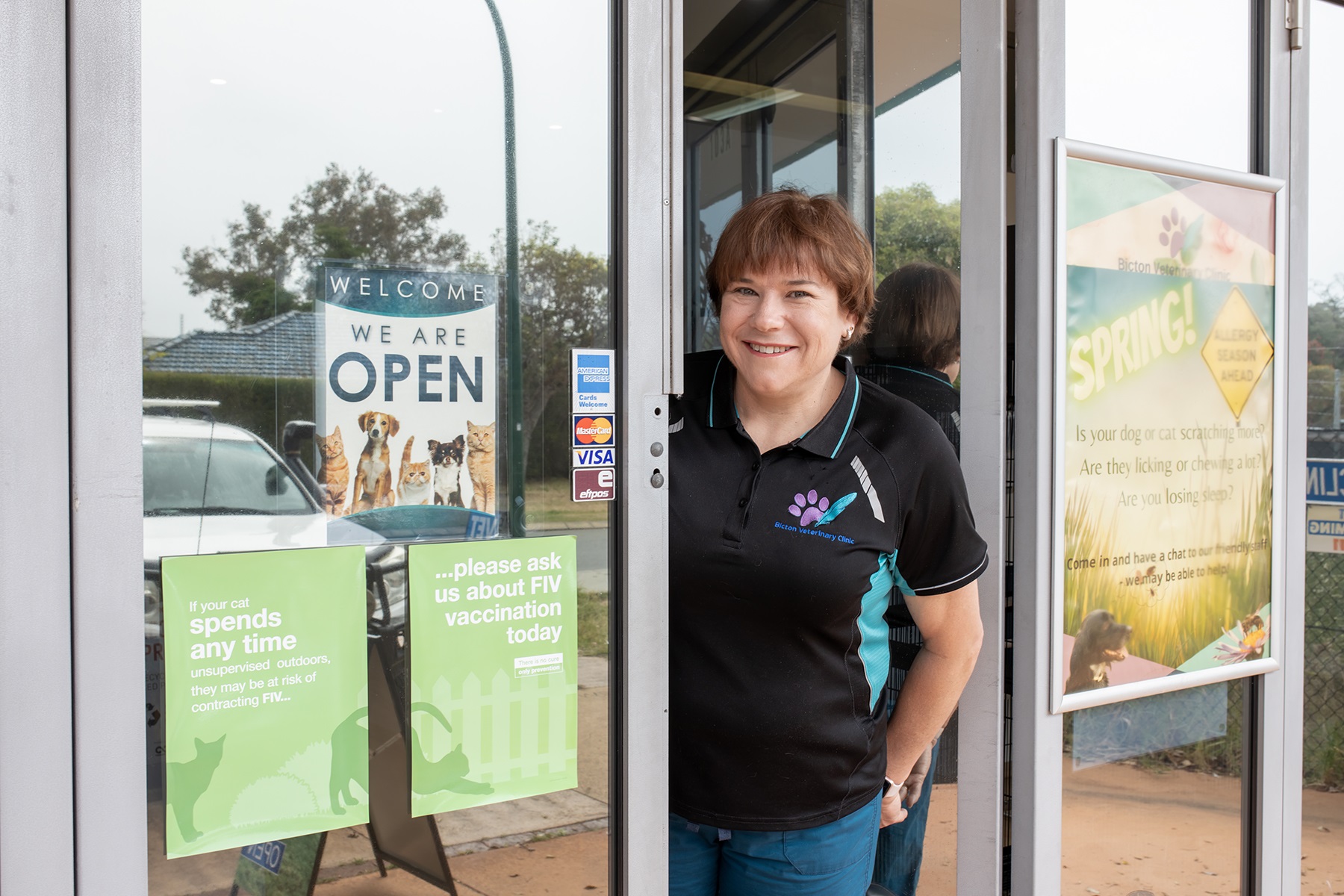
Great news! You don’t need to provide an on-site video arcade, unlimited holidays or free pet-sitting to be an employer of choice. With these simple ideas, you could create the kind of workplace and culture your team will love.
You might spend a lot of time and effort attracting customers to your business – but how much have you invested in creating a great workplace culture and becoming an employer of choice?
Having a happy, fulfilled team not only reflects well on your business but it can help to create a great experience for your customers. It can also help you compete for a limited labour market during these times of low unemployment.
Our business adviser, Gudrun Gilles, shared these tips to become an employer of choice as a small business.
Start with your super staff
If you have loyal and committed staff already working for you, Gudrun’s advice is to work out what they love about working with you, what you’re already doing well and where you could improve.
“Ask them what they like about working for you, what makes them stay around and how you could enhance their employee experience,” says Gudrun.
“Ask if there is anything in particular which makes them work for you and not elsewhere. Often it can be simple things like that plate with sandwiches that would appear mid-shift at the staffroom table or the boss stopping and checking in on their welfare.”
Check your competition
Gudrun recommends a ‘secret buyer’ mission where you visit some of your competitors who seem to have happy staff and good staffing levels.
“Observe the culture and profile of their staff. Do they have some tools or technology in place which you could use to improve your workplace?”
Consider your team’s main motivation
“Work out your ideal employee and what is most probably important to them,” says Gudrun. “Is it money? Is it receiving good training? Is it getting a reference? Are they looking for a job which is applicable to their studies or future professional goals?”
“It’s important to remember employees will seek work for a reason. For example, some may choose to work casually because it gives them more money in the pocket and they can have numerous casual jobs. They may be saving for their first car or are planning to move out of home, or they need flexibility to meet caring responsibilities.”
“If you have an insight what are the key drivers for your workers, you can tailor your work offer to their needs while still meeting your business requirements.”

Work on your benefits
Once you know what your current staff like, what your competitors do well and how your future employees might be motivated, you can develop what Gudrun describes as a “catalogue of offerings.”
According to Gudrun, this could include:
- Vouchers, awards and rewards.
- Checking for opportunities for recognition of prior learning (RPL) – and you could offer to be a placement supervisor if they go to TAFE.
- Offering to be a reference for rental applications and other job applications (for casual or travelling workers, for example).
- Affordable accommodation options, if this is relevant.
- The offer of ongoing work after your busy periods (for holiday workers or Christmas casuals, for example).
- Adapting your workplace to make it inclusive and accessible for people of all abilities, cultural backgrounds, sexual orientation and gender identity.
- Providing a uniform which your team likes to wear.
Gudrun also suggests you invite your team to join you in facilitating initiatives to improve your business culture and differentiate you from other businesses. For example, you could explore different approaches to support the environment, inclusivity and accessibility, using new technology or supporting charities, which could include volunteering together or donating unused food at the end of each day to a charity group.
Promote yourself as an employer of choice
“Don’t just put that ‘Workers Wanted’ poster on your window,” says Gudrun. “Put a case study up why your casuals work for you and come back year after year. You could even include some testimonials with photos from those casuals. Use this same method for social media posts and job advertisements.”
Once you know your ideal candidate, you can promote your employment opportunities in places where your potential staff members might be – for example at high schools, universities or sports clubs. “This could be a chance to point out why working for you is a great option, for example for people playing sports because your work hours will fit in with training and match times.”
Create a great culture
Gudrun notes that it’s important to create a sense of belonging from the start of every new employee’s journey.
“Make them feel part of the team and respected. Introduce new staff to other staff, describe the jobs they do and how they can be of help to the new member of staff or collaborate during work.
To make sure employees feel valued, keep two-way communication channels open.
“Promote continuous improvement, listen to staff ideas for improvement, and take them into consideration and reward staff for innovation,” adds Gudrun.
“You could also offer development opportunities across your team. For example, training and opportunities to try different roles. Provide choices if you can in relation to roles, working hours and uniforms.”
More information
- Visit the People section of our SBDC website for more information on employing staff.
- Read our 5 ways to tackle a skills or labour shortage in your business or 6 tips to handle job applications.
- If you’d like to discuss staffing or an issue facing your business, book an appointment with our free business advisory service.




